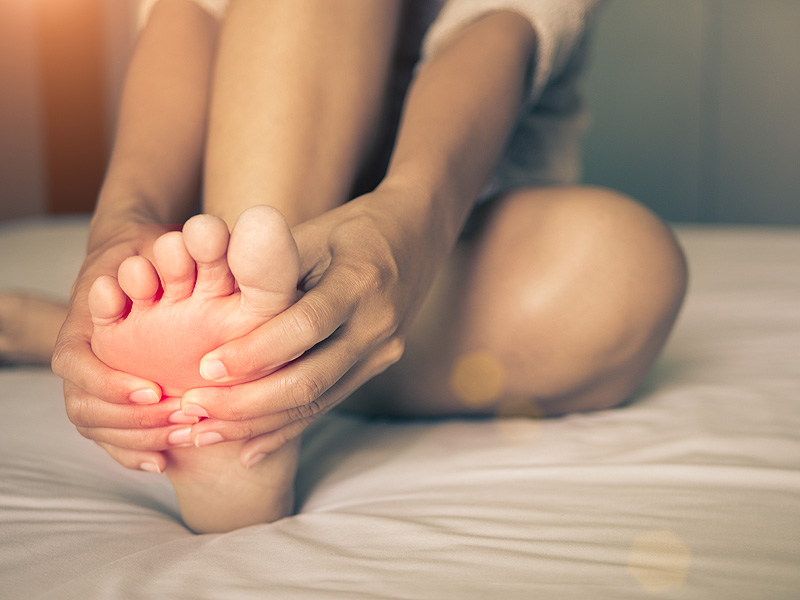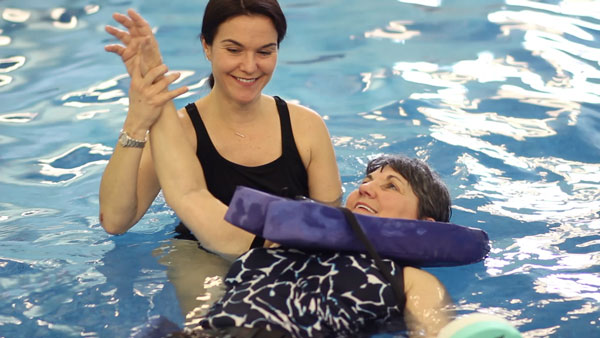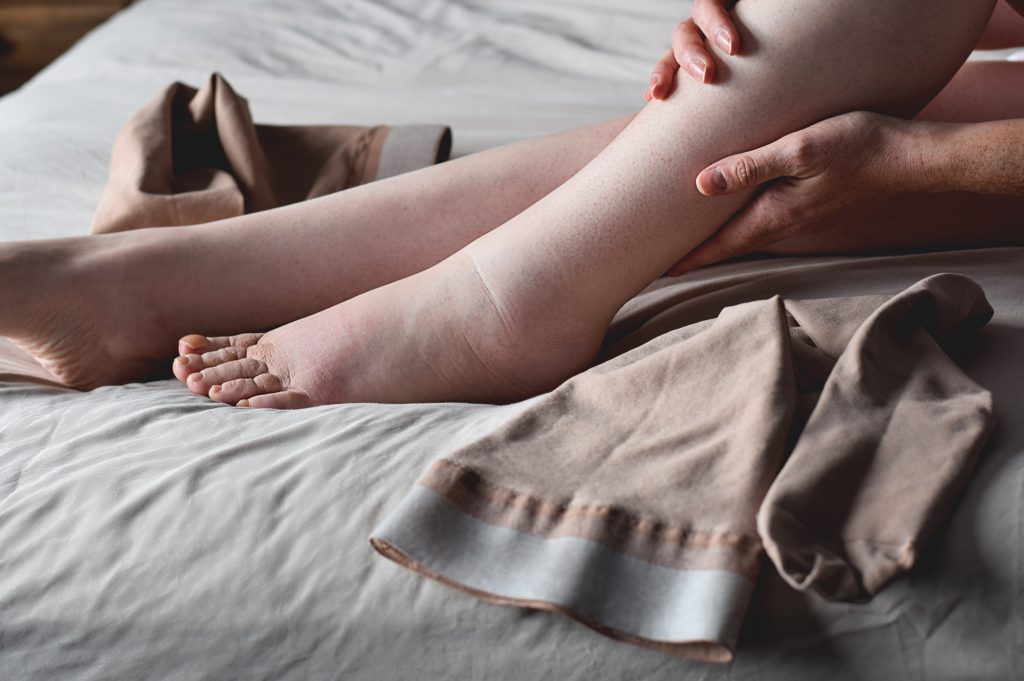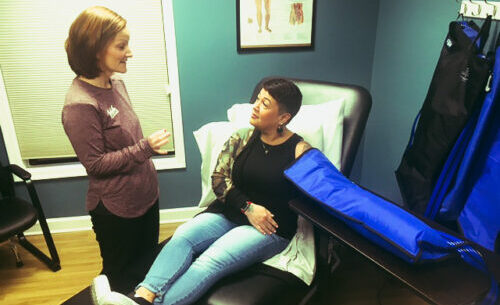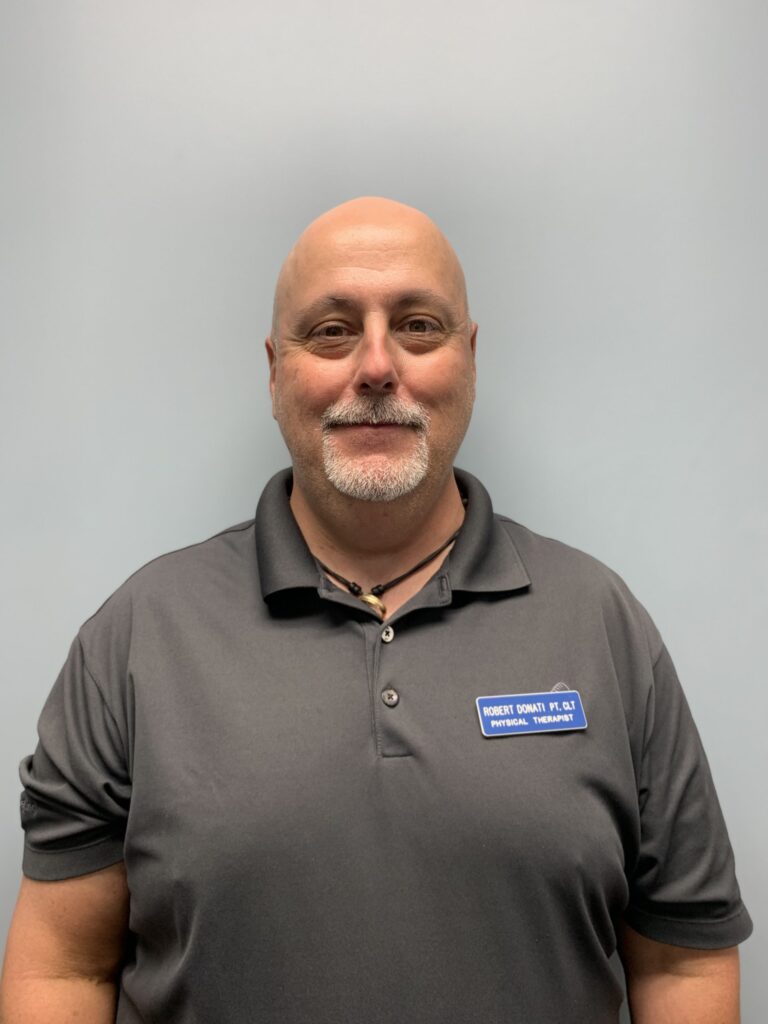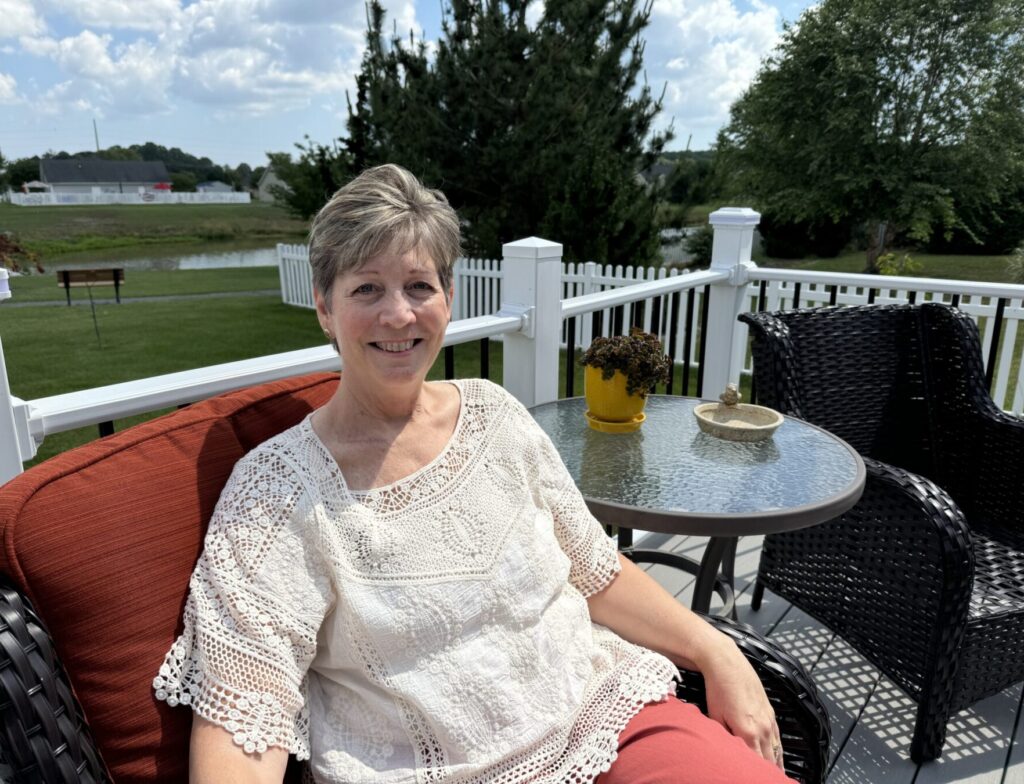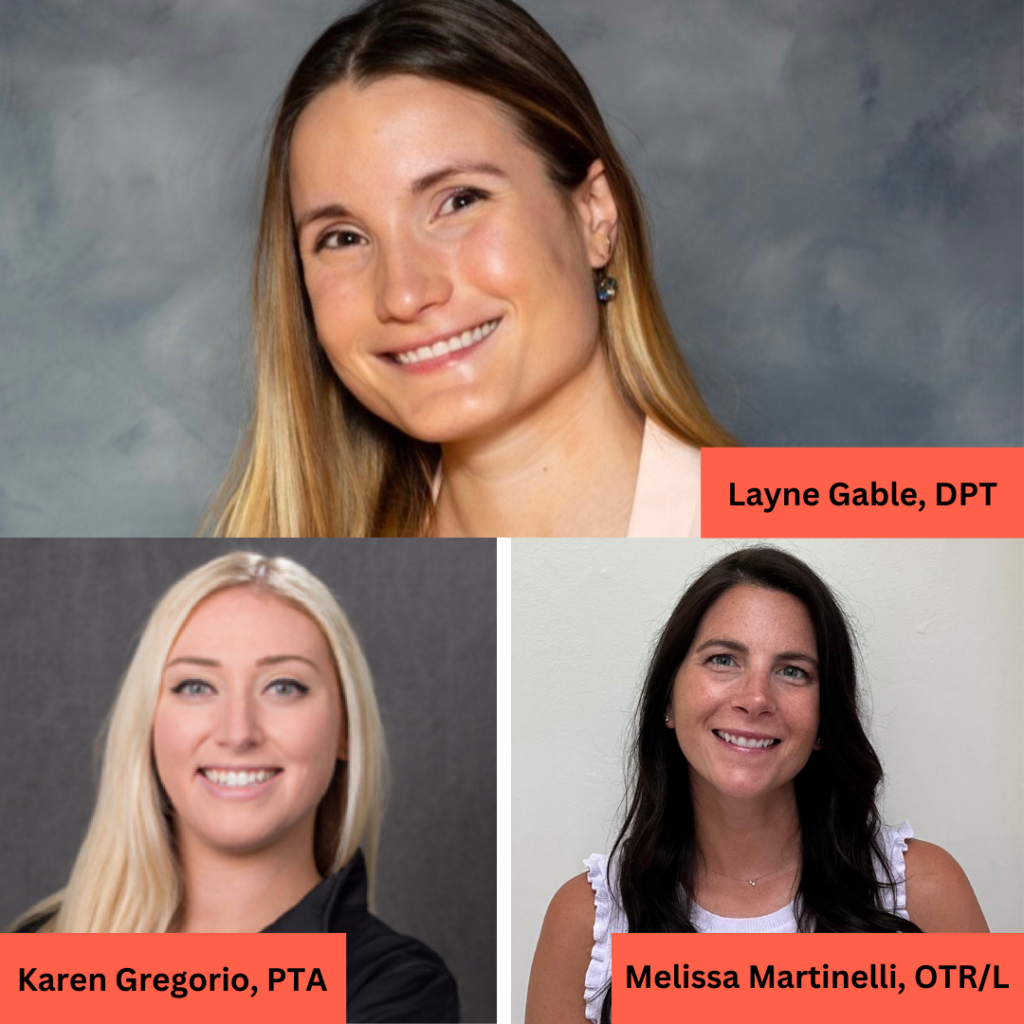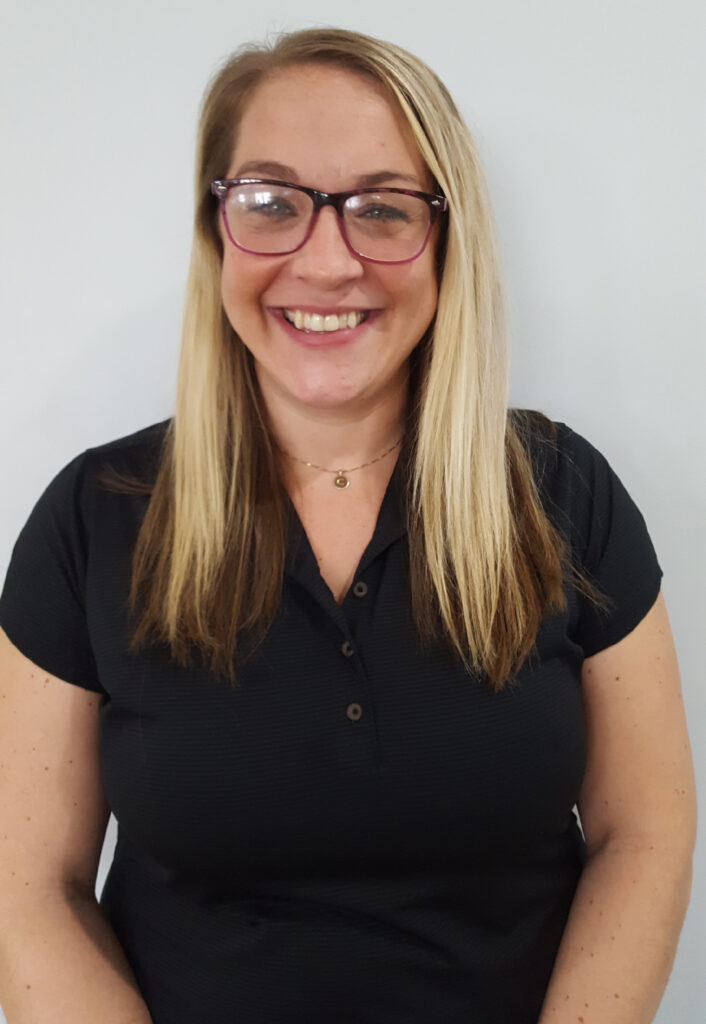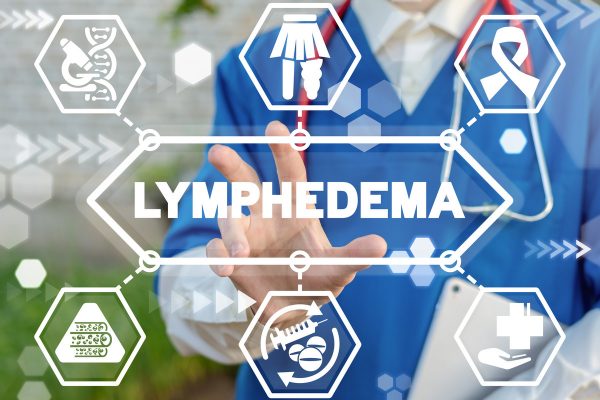
How do I know it’s Lymphedema?

By Aquacare Lymphedema Team
I often hear from patients that they have experienced swelling for many months or even years before finding out it is lymphedema. While lymphedema is considered a rare ailment, affecting about 1 in 1,000 Americans, it often goes undiagnosed because people think swelling is just a temporary condition.
However, with lymphedema, swelling becomes ongoing or chronic, meaning it never really goes away. Swelling can cause pain and can affect your daily life, so it is important to speak to your healthcare provider if you notice daily swelling.
Understanding Lymphedema: The Role of the Lymphatic System
Perhaps you have heard the term lymphatic system or lymphedema, but what really is this system and how do people end up with lymphedema?
The lymphatic system is an intricate network of nodes and pathways that carry lymph fluid throughout the body. This fluid is a combination of water, salts, proteins, and white blood cells. It serves as a critical component to healthy bodily processes. Normally, our lymphatic system can move 5-6 Liters of fluid a day back into circulation.
Lymphedema occurs when there’s an obstruction of the flow in the lymphatic vessels, resulting in swelling in areas such as arms, legs, neck, head and abdominal region. These obstructions can be hereditary or are usually caused by trauma to the lymphatic system. There are two types of lymphedema – primary and secondary.
Primary lymphedema is a genetic condition which may show at birth or later in life which prevents the lymphatic system from properly draining.
Secondary lymphedema is due to other factors which can cause damage to the lymphatic system and can include surgery, lymph node removal, radiation, infection, injury, or a tumor causing obstruction of lymphatic vessels, among others.
It’s best to be aware of potential signs so appropriate action can begin if necessary. Early detection makes treatment more effective. Some of these symptoms are skin changes such as dry skin or thickening skin or skin discoloration. In addition, some patients will describe either a feeling of heaviness or tightness in the affected extremity.
When something disrupts the normal flow of lymph fluid, lymphedema may result, causing accumulations of protein rich fluid in various parts of the body. You might notice your ankles are swollen more regularly and think this might be because you ate too much salt, however if the swelling persists, you should talk to your healthcare provider to see if the swelling might be lymphedema. While lymphedema can be treated successfully in many cases, there is no cure for lymphedema.
Physical therapy can help
If you are diagnosed with lymphedema, it is important to work with a physical therapy team you trust to gain support and relief of your symptoms.
Aquacare’s expert physical therapy team in 10 locations includes several lymphedema specialists.
One of the ways the team can support your healing is with complete decongestive therapy. This involves skin care, manual lymphatic drainage, multilayer compression bandaging, decongestive exercises, and can also include vasopneumatic compression pumping.
Aquacare’s teams also work with patients to create a personalized exercise program consisting of all of these components which can aid in the return of lymphatic fluid and allow the patient to control lymphedema after discharge from skilled PT.
Exercise is also an important aspect of overall health and weight management, both of which are important when treating lymphedema.
In addition, our lymphedema experts know and work with exceptional companies to help connect you with resources, including compression garments and at-home compression pumping equipment.
Call an Aquacare location near you to schedule your free 30-minute screening evaluation so you can talk to our team about your symptoms and see how we can help get you moving again.
Specialized lymphedema treatment is available in our East Lewes – King Street Row, Seaford, Salisbury – Injury Center, and Easton locations.
Call 1-844-547-7432 or go to www.aquacarephysicaltherapy.com to connect with an office in your neighborhood.

